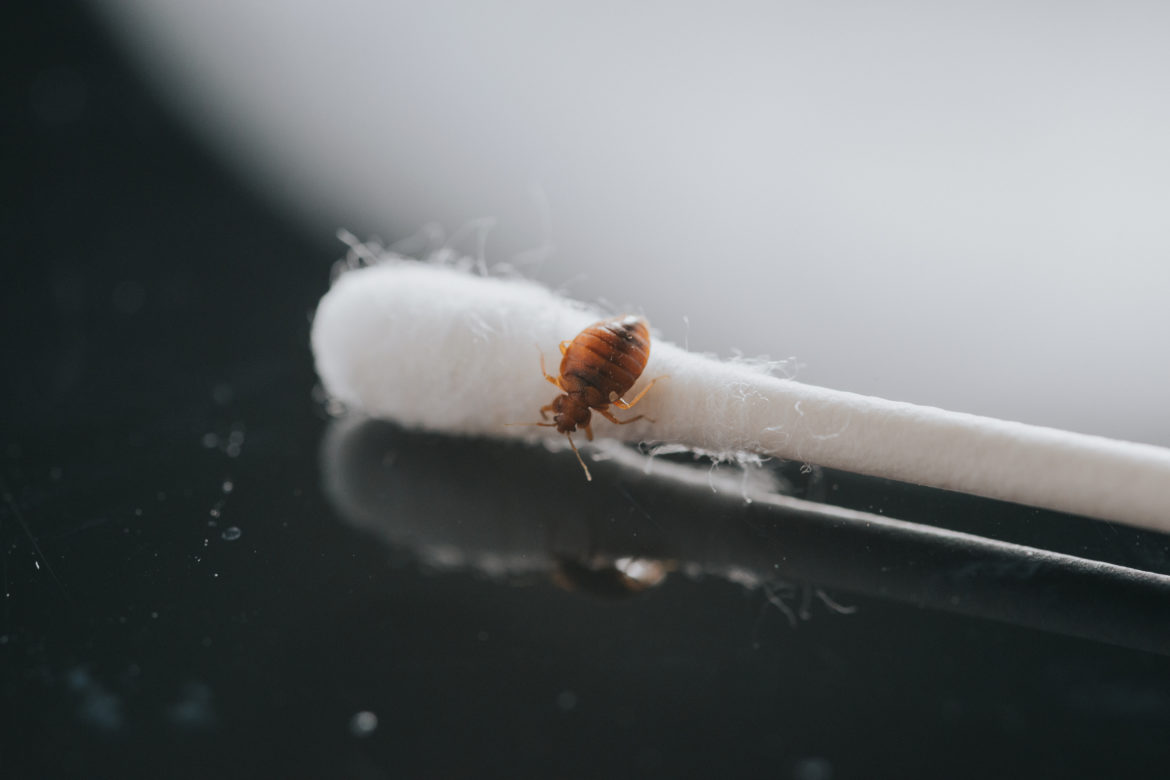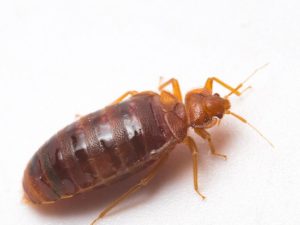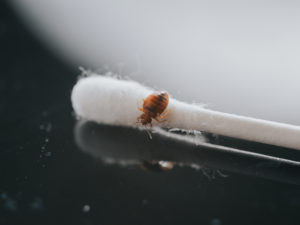
During the latter half of the 20th century, bed bugs were virtually non-existent in the US due to the consistent and liberal application of a now banned insecticide known as DDT. Of course, bed bugs resurfaced in the 1990s, and it only took around a decade for the bloodsucking pests to once again become a nationwide scourge. Even if DDT were to have been reintroduced during this time it would not have been effective for bed bug control purposes, as modern bed bugs rapidly develop a resistance to the toxic effects of insecticide solutions. Pest control professionals were largely powerless to control bed bugs for the first 15 years following their reemergence, but today, the pest control industry has regained the upper hand.
Heat treatments have become the gold standard for controlling bed bugs. In cases where bed bugs have established a particularly heavy presence indoors, heat treatments may be combined with conservative insecticide applications for maximum results. Although bed bugs can be reliably controlled today, the pests still cause tremendous stress to those who fall victim to infestations. Obviously bed bugs inflict itchy bites that can be maddening, but even when affected residents do everything in their power to halt the proliferation of bed bugs during the early stages of infestation, the pests constantly increase their numbers and spread to new areas.
Bed bugs are largely nocturnal insects that generally feed on the blood of sleeping humans shortly before dawn, but the pests will happily convert to a daytime feeding schedule in homes inhabited by night owls and those who work the night shift. The average bed bug lifespan is around 316 days, and during this time, females will deposit between 200 and 500 light-colored eggs in harborages located near areas where humans sleep or remain still for long periods. After only 6 to 10 days, nymphs emerge from the eggs and immediately begin sucking blood human blood. Each nymph must collect a blood-meal before advancing to each of their five developmental stages, which amounts to a massive number of bites sustained by people living within infested homes. Both eggs and nymphs develop most rapidly in homes where temperatures are between 75 and 83 degrees fahrenheit, but cooling or heating homes outside of this temperature range will not exterminate the pests; instead, they will simply develop at a slower rate, and can survive for months without collecting a blood meal.
Have you ever found bed bugs on your clothing during or after spending time in a crowded public setting?











